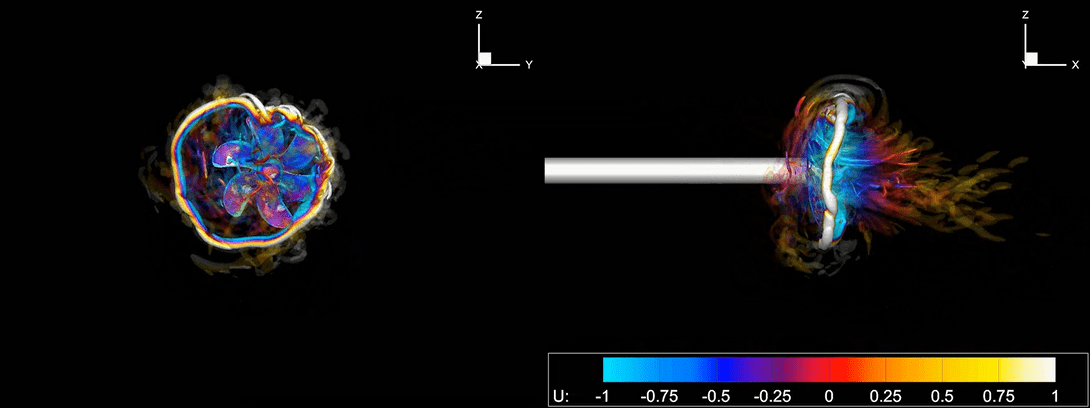Pushing the Limits of Velocimetry
Philippe M. Bardet
The George Washington University
U.S.A.
This seminar will present the application of molecular tagging velocimetry (MTV) for measuring instantaneous wall shear stress in high-Reynolds number wall-bounded flows. MTV is the molecular equivalent of particle image velocimetry (PIV). It is a non-intrusive, spectroscopic technique that relies on tracking patterns generated by minute amount of uniformly distributed molecular tracers: the tracked patterns are continuous, making them ideal for directly probing local velocity gradients (and wall shear stress). High-Reynolds number flows in numerous contexts (naval hydrodynamics, aerodynamics, industrial applications) have typical viscous wall units on the order of micrometers. Experimental data near those scales are therefore necessary to advance numerical models for those applications. Despite its limited spatial resolution, MTV is a well-established technique for high-speed gas dynamics. However, in water the technique has also long suffered from poor temporal resolution and the need for specialized lasers and chemicals. With the recent introduction of the Talbot-effect structured-illumination (TESI), MTV patterns as fine as 10 μm have been demonstrated, resulting in an increase in spatial resolution of one order of magnitude. Additionally, MTV in aqueous environment has advanced thanks to an efficient and prompt photobleaching approach. It now relies in PIV lasers and is on par with PIV for the temporal resolution. Time-resolved wall shear stress measurements will be presented in a turbulent channel flow (Reτ = 800). Following the latest development in computational imaging, TESI microscopic-MTV has been extended to volumetric (3D) measurements, which enables the distributed measurement of instantaneous wall shear stress over complex surfaces. Other applications of TESI-based diagnostics will also be presented.
